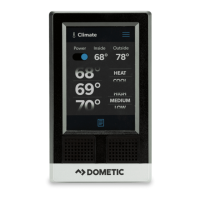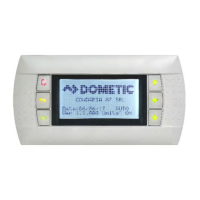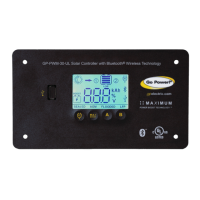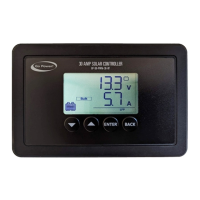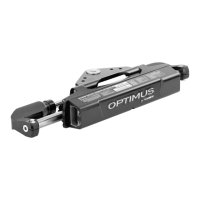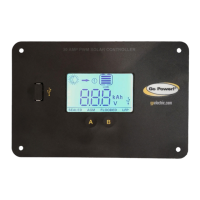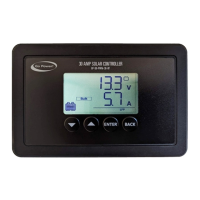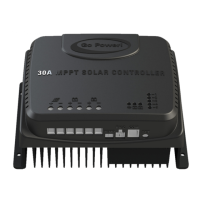Dometic Interact Installation
9
EN
2.4.2 RVC Load Boxes
The RVC load boxes used in this system act as the drivers
that control the appliances, interfacing between all
onboard appliances, such as lights, fans, AC units,
furnaces, awnings, and slide-outs.
The load box type chosen is based on the load type, as
per the OEM requirements.
3 Installation
This section provides general installation information for
the components that can be used with the Dometic
Interact system. Refer to “Component Overviews” for
more information about the compatible components and
the devices that they control.
Ensure that you have the following experience and
knowledge before attempting to install the Dometic
Interact system:
• Experience with electrical wiring
• Knowledge of onboard appliances (Dometic or others)
• Understanding of electrical drawings
• Basic understanding of RVC/CAN networks
• Experience with manufacturing/repairing RVs
• Completed Dometic Interact Product Overview online
or class training
3.1 Setting Up the Power Supply
To operate properly, the Dometic Interact system must
receive power from the shore, a generator, or another
alternative source.
Both shore and generator power supplies should be
wired to the automatic transfer switch so that it allows only
one power-out line. The 120 VAC power from the switch
is fed to the inverter input terminal. The 12 VDC rectified
power then charges the RV battery.
When there is no shore or generator power present, the
inverter changes the DC power to AC and feeds it to the
outlets from the inverter AC output terminal. For inverter
wiring information, refer to the inverter installation and/or
operation manual.
When shore or generator power is present, the inverter
receives the AC voltage and generates the AC output
while bypassing the inverting process. It also charges the
battery in parallel. Refer to Fig. 15 on page 13.
If you have other renewable resources of energy, like
solar panels, you can directly charge the RV battery. Send
the energy collected from the solar panels to the charger
controller first. The 12 VDC power from the charger
controller then charges the RV battery and monitors the
battery level so that it does not become overcharged.
!
WARNING: ELECTRICAL SHOCK, FIRE, AND/
OR EXPLOSION HAZARD.
Use care when installing components onto a
powered RV system. Failure to obey this warning
could result in death or serious injury.
I
Due to the nature of the product and the variations
of onboard appliances, each installation comes
with a customized set of installation instructions. All
wiring diagrams included in this section are
provided for example purposes only. Detailed
wiring diagrams and installation schematics are
provided with the custom installation instructions
for your specific setup.
I
A current RVIA certification for technicians is not
required, but it is helpful.
I
For more details, refer to the manual provided with
the solar panels.
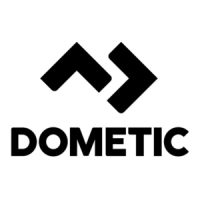
